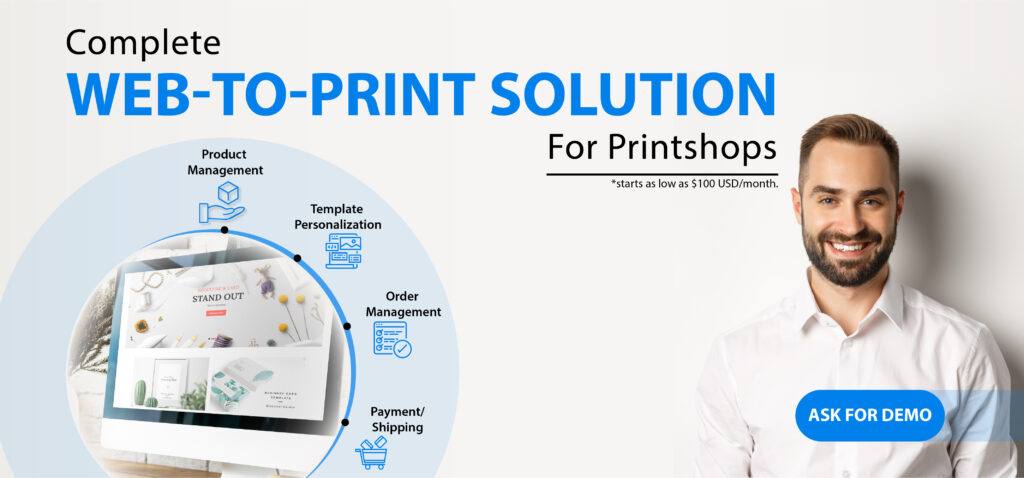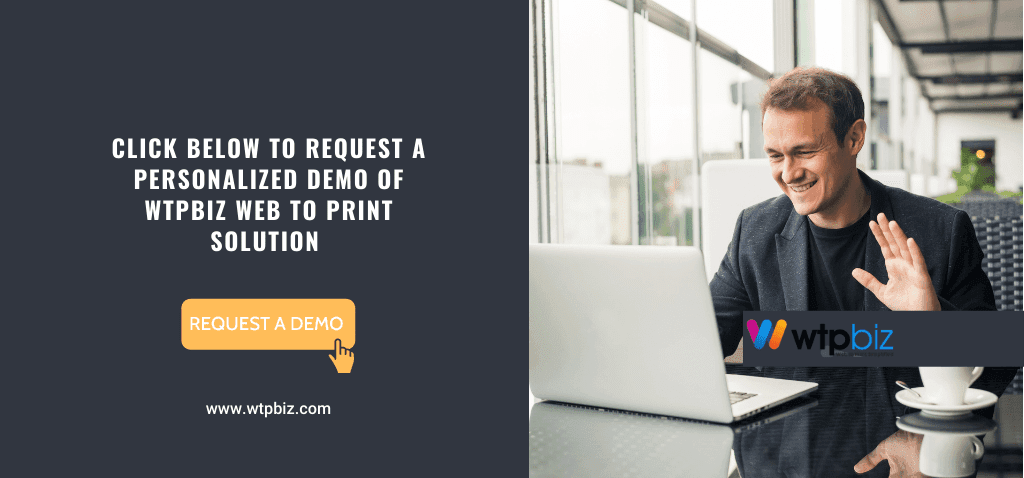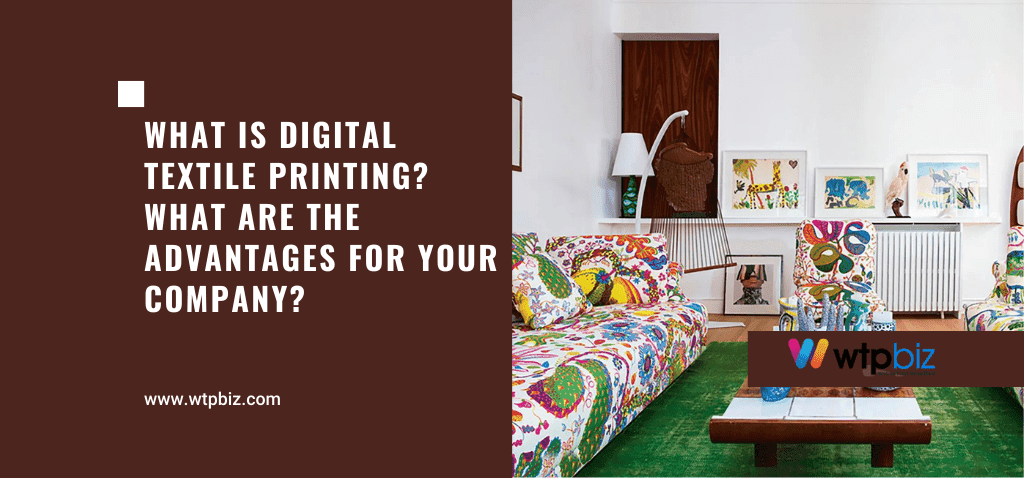The way we print on textile has significantly evolved in the past decade. Along with the conventional screen printing technique, digital textile printing is gaining huge popularity in the present day.
Now, the question that arises is that, what is digital printing? And, what does the overall process of digital textile printing seems like? We will also discover answers to other major questions in the following section:
Trends Affecting The Industry
The fabric industry is rapidly expanding. Population growth, rising buying capability, as well as quickly changing fashion trends, are all important drivers for the textile printing market growth.
In this regard, you can have a look at how often fashion companies such as TopShop, H&M, and Zara update their collections.
“By 2024, printed textile production is expected to make significant advancements in the market. “
For fabric printing businesses, it implies increased pressure on time to market and thereby on, higher print speeds, quicker sampling, increased efficiency, as well as flexibility.
To accomplish these objectives, the industry merely has to consider new methods to print on cloth. Digital textile printing is the answer to all these problems. In the following section, we will explore more about digital printing meaning as well as the digital printing process.
What Is Digital Textile Printing, And How Does It Work?
Digital textile printers make use of a few advanced digital technologies in the same way that your fabric printer home does.
When seen from a bird's eye view, the digital textile printing process resembles that of traditional textile printing. In this case, the fabric will be chosen as well as pretreated, then sent via. the printer at an enhanced speed. It will consequently be dried, washed, and steamed.
Single-Pass Vs. Multi-Pass Digital Printer
Multi-Pass
This type of printer has been around for about 26 years as well as has seen significant technical advancements since then.
The scanning printer tends to get the preferred image, the particularly transforms the pixel-LAB data into drop-color-position info. So, the file instructs the printer on the number of droplets of certain color ink that need to be jetted at a certain fabric location.
The printheads of a scanning printer are attached particularly to a carriage that travels over the fabric width from right to left as well as left to right. The fabric is moved a specific distance after each move of the carriage.
Whenever it ceases, the carriage contributes to making the subsequent stroke. As a result, the picture is specifically built up by printing the horizontal image bars.
To conceal any sorts of printing mistake which may occur in one of the strokes, these bars partly overlap. This is the main reason; it is known to be multiple passes. These printers can print at rates varying between 20 linear meters/hour - 400 linear meters/hour.
Single-Pass
There is no moving carriage, particularly in a single-pass printer. One for each hue, the printheads are affixed across the whole fabric width on a static print bar.
The fabric specifically moves at a steady pace underneath those bars, allowing the image to be built up in a single stroke of one vertical image bar over the whole width. Due to this particular reason, it is known to be a single pass.
This allows for extremely enhanced printing speeds i.e. about 2400 linear meters/hour), but there is no way to conceal any printing errors since the image is built in a single print pass. As a result, the demand for dependable inkjet technology is considerably higher when compared to a scanning printer.

Integral Benefits Of This Printing
We discussed the major drivers for digital textile printing technology at the start of this blog. But, now, it is very important to discuss the benefits of digital printing for your textile printing or web to print business. Let’s talk about this in the following section:
Fine Patterns, Flexibility, And High Resolution
You get unlimited color choices in this case. So, the best part about digital printers is that they do not have a restriction on the number of rotating screens. Compared to traditional rotary screen printing, digital textile printing takes up much less space.
Furthermore, it makes use of less ink as well as power.
Sublimation digital textile printing does not require water. All of these factors contribute to low costs. As a result, you would be able to get digital textile printing without spending a huge amount of money. Color, as well as print accuracy, are also neat and clean with digital textile printing.
As a result, if you see a design in a picture, you can be certain that the print, as well as the color, would be the same whenever the textile has been printed.
Savings Both Water And Energy
The rotary screens do not need to be washed before applying fresh colors. In comparison to traditional printing, digital textile printing makes use of relatively little water and power.
In addition, as compared to screen printing, it consumes considerably less ink as well as produces significantly less waste. Again, when compared to the other types of chemical waste generated from screen printing, this printing option is more environmentally friendly.
Less Waste
Because ink droplets are produced on demand in the fabric, but traditional printing techniques needed higher minimum quantities of fabric due to the lengthier setup time.
Free From Nickel
Screens do not deposit nickel on the fabric (sterner rules as well as regulations in the future times).
Unrestricted Repeat Size
In this case, the repeat size is not restricted by the rotary screen's diameter.
Low Capital Investment
When compared to the production of rotary screen printing, this is very simple to begin small as well as scale up with the growth of the business.
Today's needs for short runs as well as quick turnarounds can be effectively met with digital textile printing.
Higher quality standards on the widest fabrics range can be accomplished with digital technology. It contributes to the maximization of uptime as well as provides customers the opportunity to bring innovations to market more rapidly.
The Present As Well As The Future
The present digital textile printing industry is expanding at an astonishing pace. The global market for digital textile printing increased to €2.83 billion in 2018, and it is expected to double in value by 2023.
When it comes to the future, with people expecting goods to arrive at rapid speed, the digital textile print industry is set to grow more in the upcoming years.
Is It Worthy Enough To Invest?
It's normal to be apprehensive about investing in digital textile printing but be assured that every penny you spend is worth it.
This is mainly due to the benefits listed above. Now, with the advent of fabric design software, investing in it can double the returns. This software helps to achieve this by providing the freedom of customization as well as personalization that today's customers seek.
The online digital fabric printing software is revolutionizing the way fabrics are printed.
It's in high demand due to its wide-format printing support, multiple materials, mobile-friendliness, and size options, localized design studio, on-demand 3rd party image library integration, live preview and pricing, and more.
Digital Print In Fashion
The fashion industry is being taken over by digital prints. People are now engaging in self-designed fabrics with the help of fabric design software. This software allows you to make use of customized images, patterns, texts, colors, forms, and so on.
The Growing Interest Of Digital Printer Companies In Digital Textile Printing
Konica Minolta Business Solutions U.S.A., Inc. (Konica Minolta) as well as Hewlett-Packard Company (HP) are two well-known digital printer firms that already have a fleet of printers dedicated to digital textile printing.
In the same way that Konica Minolta's Nassenger Series Inkjet Textile Printing Systems are gaining traction, HP Inc has introduced a new range of digital textile printers, i.e. HP Stitch S1000 as well as the HP Stitch S500, to help revolutionize the textile printing business.
Common Textiles Products That Are Digitally Printed
Currently, digital textile printing has expanded by leaps and bounds. Now, it includes soft signage as well as visual communication products such as posters, banners, point-of-sale/point-of-purchase (POP/POS) displays, trade-show displays, indoor wall graphics, backdrops, outdoor advertising, and more.
It includes some decor items as well such as drapes, curtains, chairs, furniture coverings, tables, and a lot more. The tshirt design printing is also getting very popular these days.
Different Types Of Digital Fabric Printing Technologies
Digital fabric printing technology comes in a variety of shapes as well as sizes.
Some of the available options on the market are thermal DOD inkjet, airbrush/valve jet, Piezoelectric DOD inkjet, continuous inkjet (CIJ), photographic development, electrophotography (Laser, LED), thermal transfer, electrostatic (sublimation and resin), and a lot more.
DOD Ink Jet Fabric Printing Technique: This specific technique particularly brings a drop of dye or ink but, whenever it is necessary for the printing. Therefore, it is known to be "drops on demand” and it operates on the principle of "just when as well as where required in the design. Due to its "no paste, no waste" technique, this system specifically works as environmentally friendly. Also, in this case, the full color gets to the fabric.
Piezoelectric DOD Ink Jet Fabric Printing Technique:It makes use of electrostatic forces specifically for the organization as well as spraying of tiny droplets of dyes or inks in fabric printing.To produce directional current, high voltages are applied to piezoelectric crystals. The benefits of utilizing this technique include the formulation of directional ink. So, in this case, the inks are not warmed, making them less costly, printing heads operate at their cycles/second, as well as providing excellent resolution by employing tiny drop size dyes or inks.
Electrostatic Sublimation Transfer Printing:Talking about sublimation, it is a technique in which a solid dye is converted into a gas without going over a liquid stage, then transmitted to a fabric (like polyester) as well as re-solidified as a solid color. Dye sublimation is a technique that occurs is merely two steps. It requires extra dye-sublimation equipment in addition to electrostatic printers. It also necessitates the use of specific paper for heating at the heat press, as well as an electrostatic printer. Sublimation transfer printing is another name for it.
Direct Ink-Jet Transfer Technique: Direct transfer, or printing directly onto cloth with an inkjet printer, is a direct inkjet transfer method. This technique is costly, and the fabrics must be coated for the dyes or inks to work well.
Continuous Ink Jet Fabric Printing Technique: Ink is continuously pumped out of the ink channel with the help of a pump via a nozzle connected to PZT material, resulting in an "ink-jet." The nozzle vibrates, splitting the inkjet into ink droplets, and is employed for printing textiles when electrical power is applied to the PZT material. With its binary hertz operation as well as the multi-deflection mechanism, the continuous inkjet fabric printing technique is also easily available.
Software Application In Digital Fabric Printing: Raster Image Processor (RIP), color management systems (CMS, Calibration), printer driver software, design layout software (CAD), as well as other software applications, are extensively used in digital fabric printing.
Final Words
Within textile machinery, digital textile printing is regarded as the speediest-growing sector. Due to the benefits listed above, a growing number of printers are switching from traditional to digital textile printing.
Because digital technologies are changing every aspect of textile printing, there will be no limit to the possibilities available in digital textile printing.
Digital printing on fabric will continue to rise as well as shine brightly in the print industry for a long time, thanks to the availability of dependable solutions such as fabric printing software.
So, if you're thinking about investing in digital textile printing, now is the best time to do it. To begin with, you can seek the assistance of a competent print service provider.

FAQs


